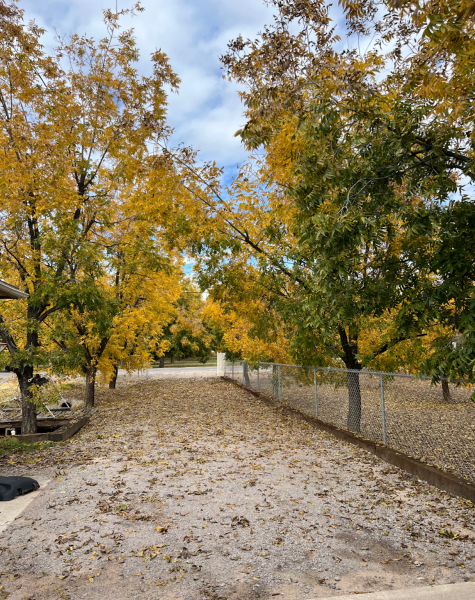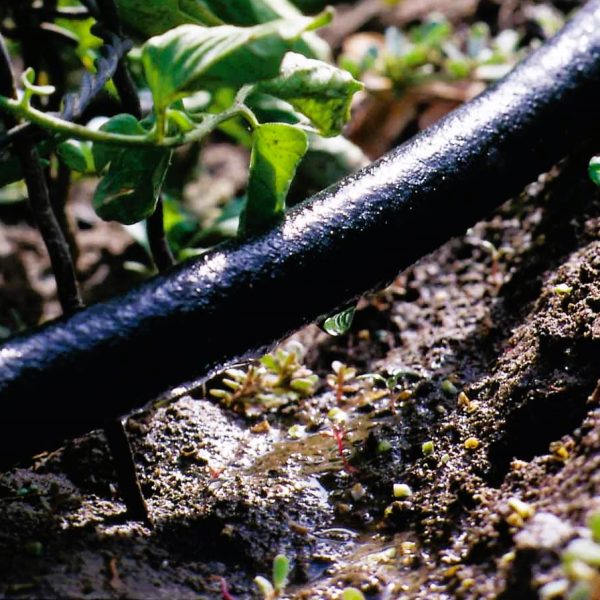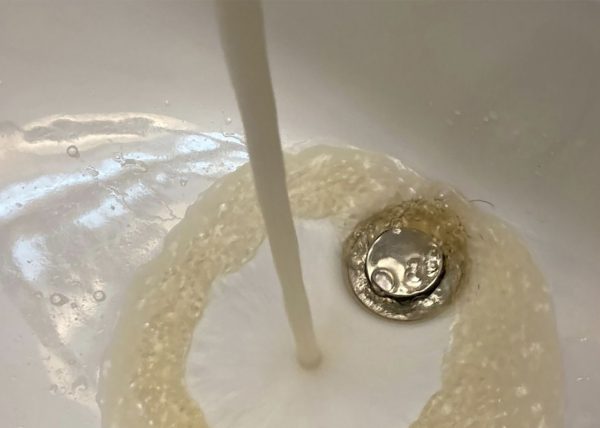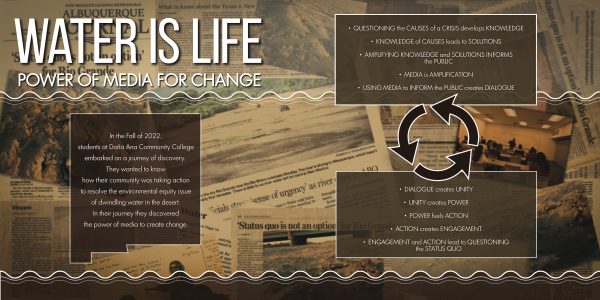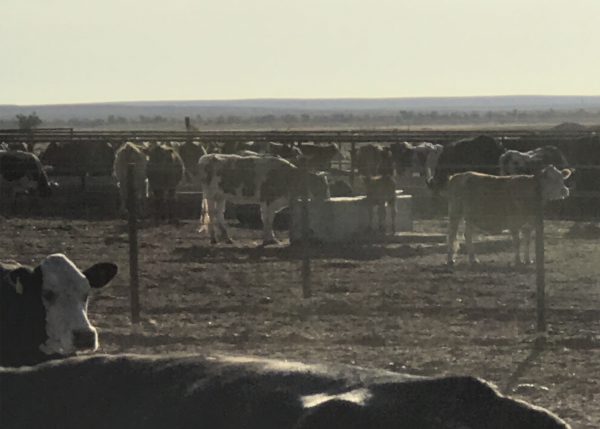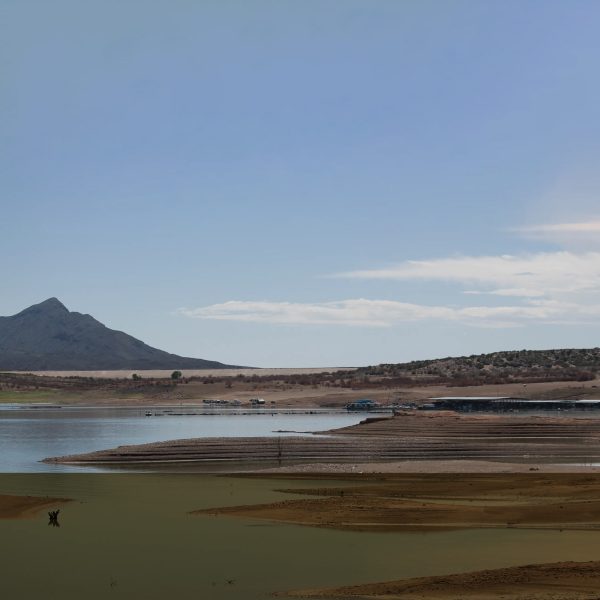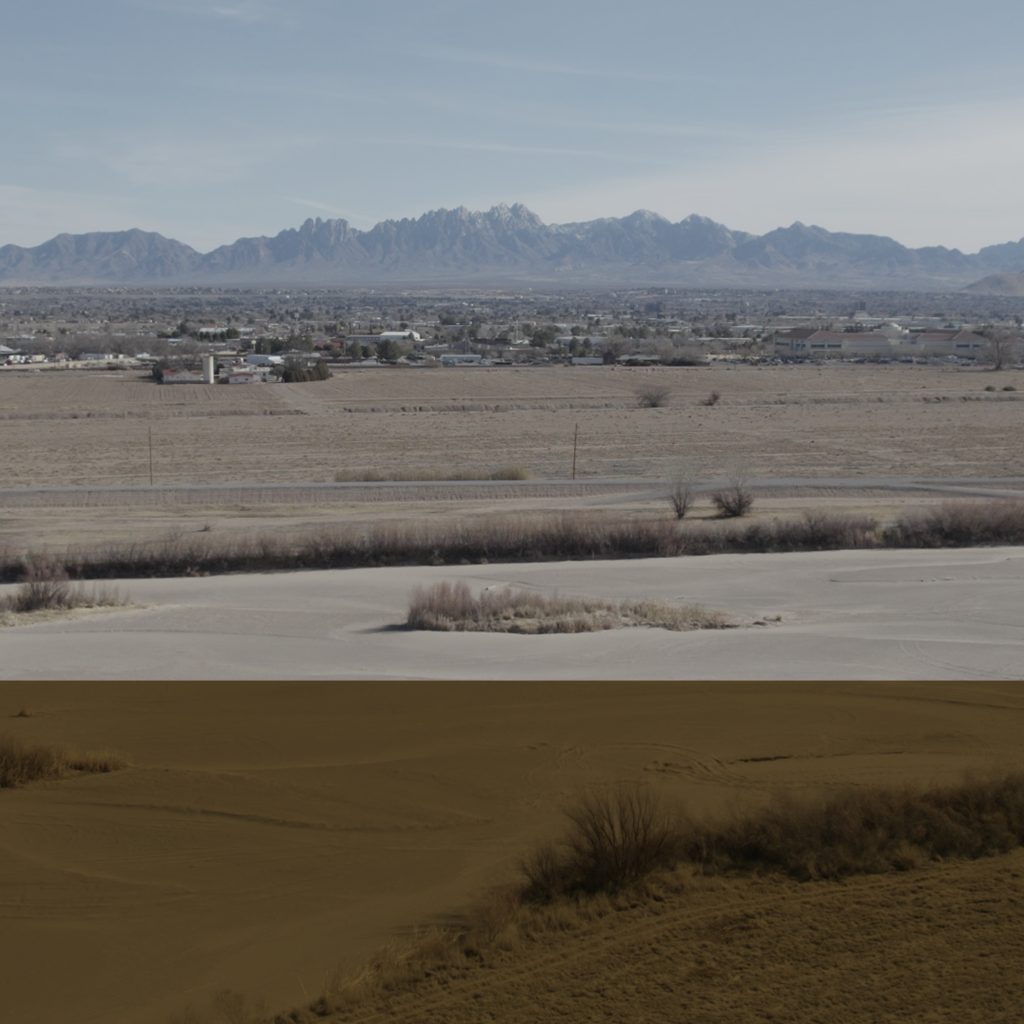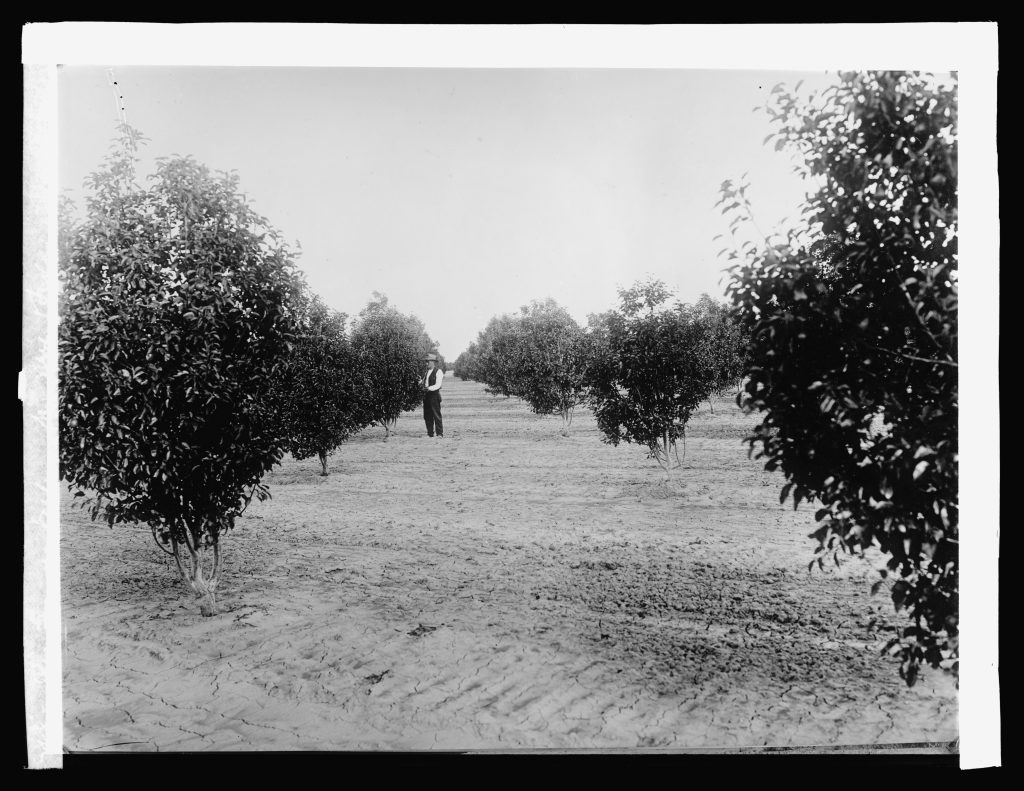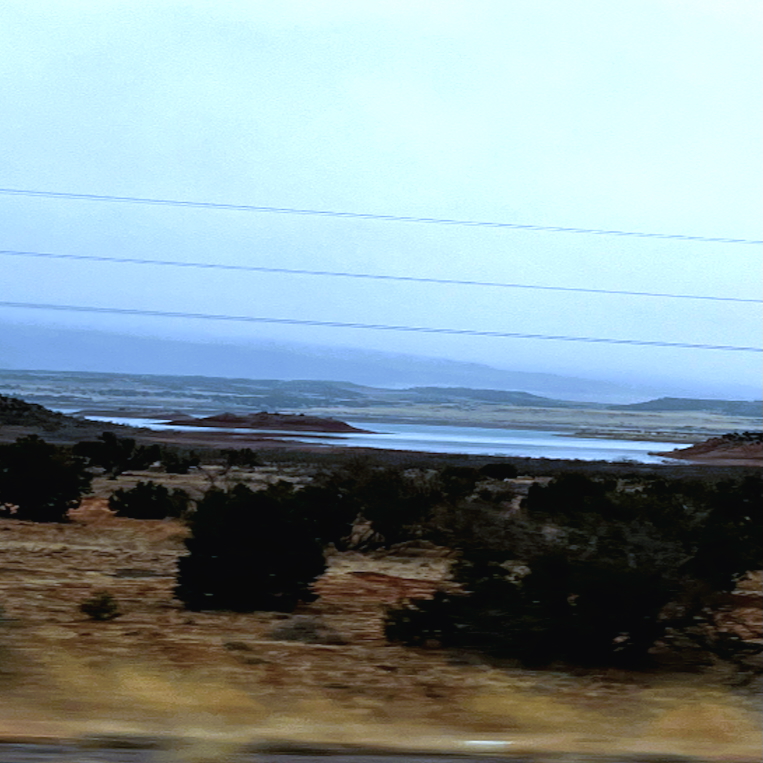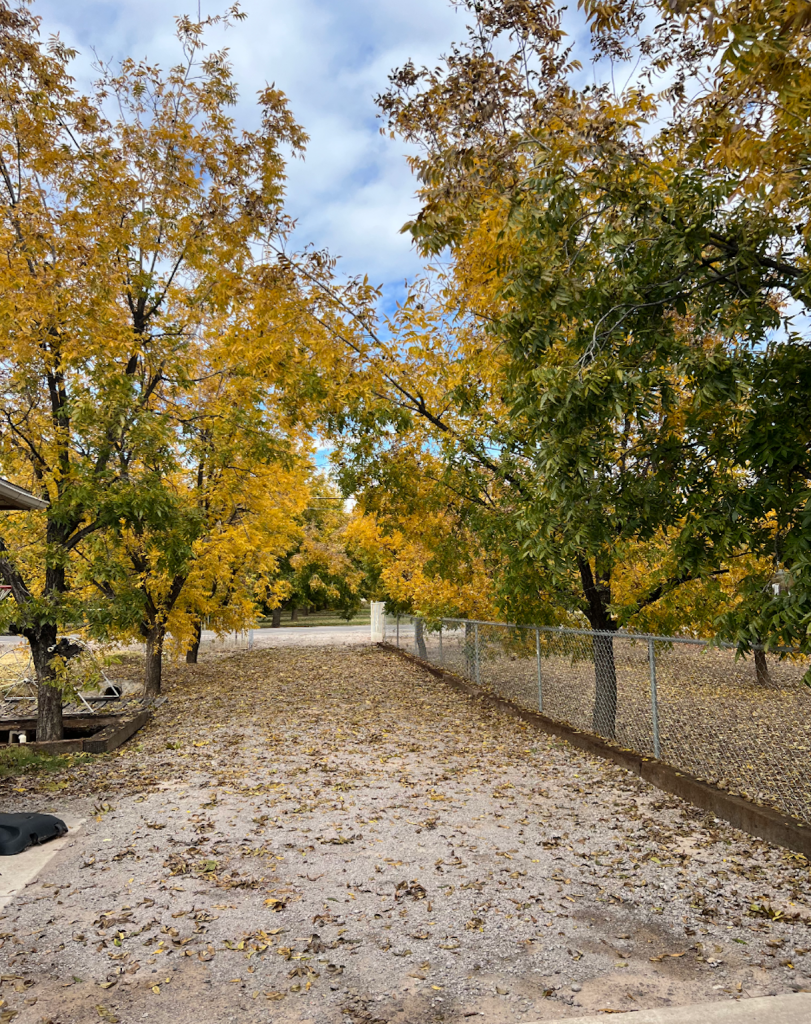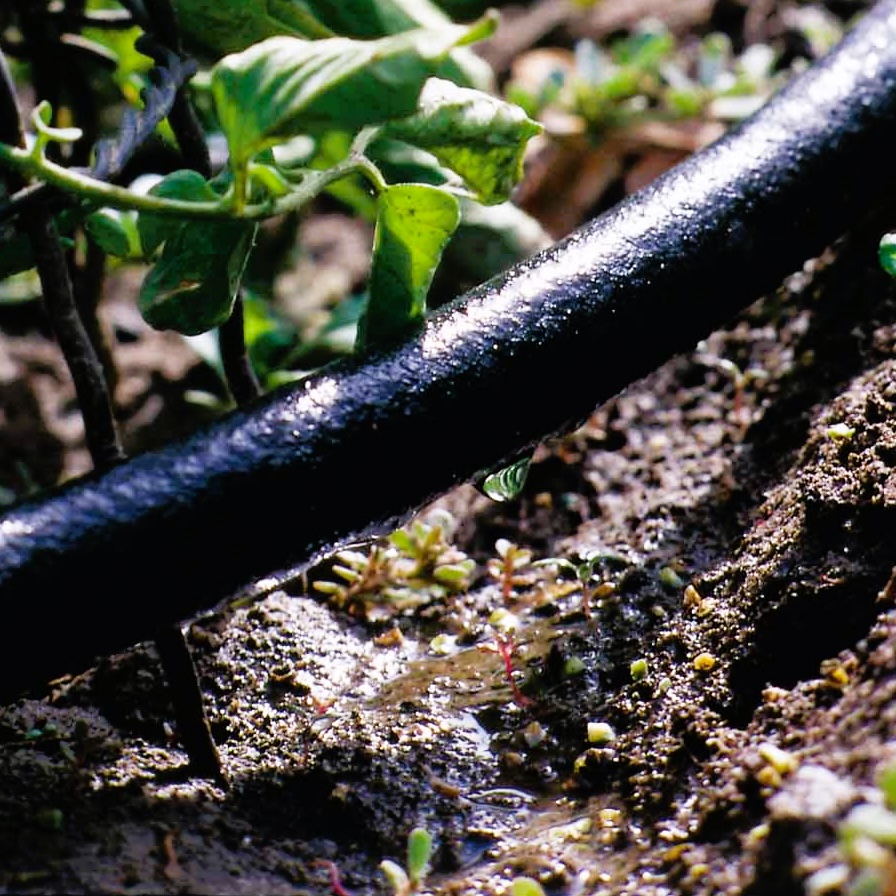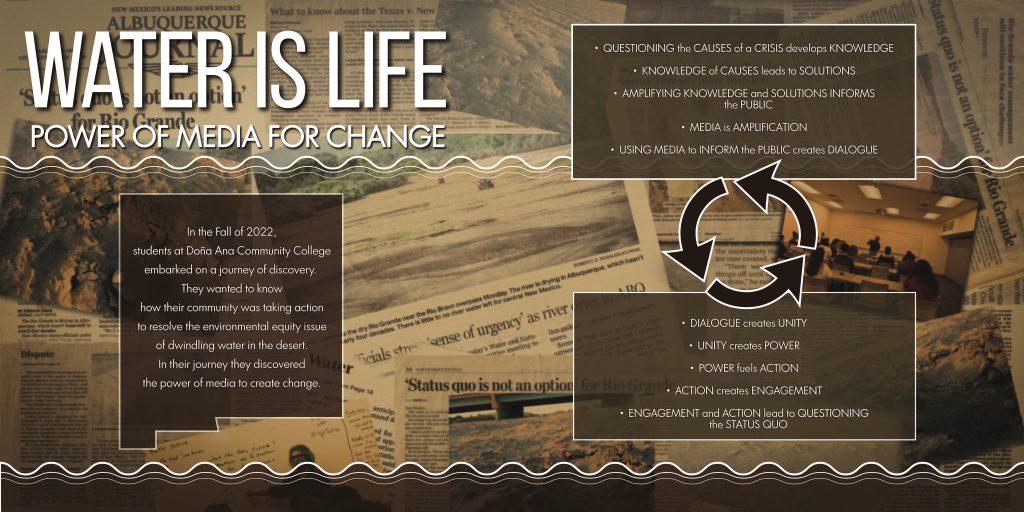Las Cruces, NM
The dry Rio Grande, main water source for Las Cruces, farmlands, and communities south to Mexico.
Courtesy of Kellin Acree
The Rio Grande flows about 1900 miles from its headwaters in Colorado to the Gulf of Mexico. In our community in southern New Mexico, it runs dry most of the year due to diversions and dams. Additionally, an ongoing mega-drought and climate change have resulted in a stressed water supply in the desert. Uncontrolled population growth, land development, and poor leadership have resulted in a lack of equity in access to clean water.
Euro-American colonization instituted inequitable access to water. The illegal appropriation of water rights by corporate agriculture, oil/natural gas industries, combined with the rerouting of natural waterways has encouraged the capitalization of the scarcity of water. Water is now a commodity sold to the highest bidder.
An informed public can unite through dialogue to realize their power, take action and pressure public officials to enact policy changes and regulation. We can inform the public by creating, disseminating, and discerning media. Stakeholders are empowered through dialogue and action to demand equitable access to clean water.

